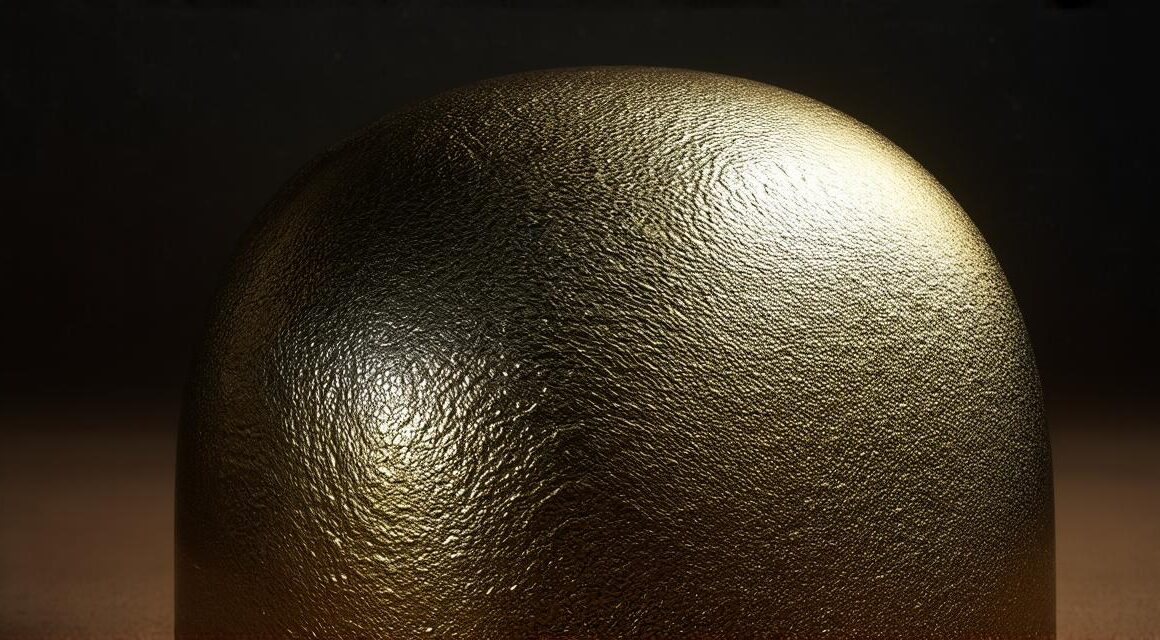Subtitle: Discover how to take your Unity games to the next level with the power of Substance 3D.
Introduction:
As a Unity developer, you know that creating high-quality games requires more than just programming skills. You also need to have a keen eye for detail and an understanding of the principles of art and design. That’s where Substance 3D comes in – a powerful tool that can help you enhance textures and realism in your Unity games, and take your games to new heights of visual quality.
In this article, we will explore how to use Substance 3D to improve the look and feel of your Unity games. We’ll cover everything from creating realistic materials to using advanced texture baking techniques. So whether you’re a beginner or an experienced developer, we hope this guide will help you take your Unity games to the next level.

Understanding Substance 3D:
Substance 3D is a powerful tool that allows developers to create high-quality materials and textures for their Unity games. It is based on advanced algorithms and machine learning techniques, and it can be used to create everything from simple terrain textures to complex character models.
One of the key advantages of Substance 3D is its ability to generate textures in real-time. This means that you can see exactly how your materials will look in your game as you’re creating them, rather than having to wait for hours or even days for the texture to be baked.
Another important feature of Substance 3D is its support for a wide range of textures and materials. You can use it to create everything from smooth metallic surfaces to rough stone textures, and you can customize the look and feel of your materials in countless ways.
Creating Realistic Materials:
When creating materials for your Unity games, it’s important to aim for realism. This means that your materials should look as close to the real thing as possible, so that players can fully immerse themselves in the game world.
To achieve this, you can use Substance 3D’s powerful material editor to create custom materials that are tailored to your specific needs. For example, you might create a material for a character’s skin that has a realistic glow and texture, or a material for a weapon that looks like it was made from metal.
One of the key advantages of Substance 3D is its ability to generate materials based on real-world data. This means that if you have access to a physical object – such as a piece of metal or a fabric sample – you can use Substance 3D to create a material that looks just like it.
Advanced Texture Baking Techniques:
Texture baking is the process of generating textures for your game objects based on their geometry. This can be a time-consuming and complex process, but with Substance 3D, it’s much easier.
Substance 3D includes a number of advanced texture baking techniques that allow you to create high-quality textures in real-time. For example, you might use its “UV atlas” feature to create a single texture that covers multiple objects, or its “Texture Synthesis” feature to generate textures based on your object’s geometry.
One of the key advantages of using Substance 3D for texture baking is its ability to handle complex geometries. This means that you can use it to create highly detailed and realistic textures for your game objects, even if they have intricate shapes or patterns.
Case Studies:
Now that we’ve covered the basics of using Substance 3D, let’s take a look at some real-world examples of how it can be used in Unity games.



